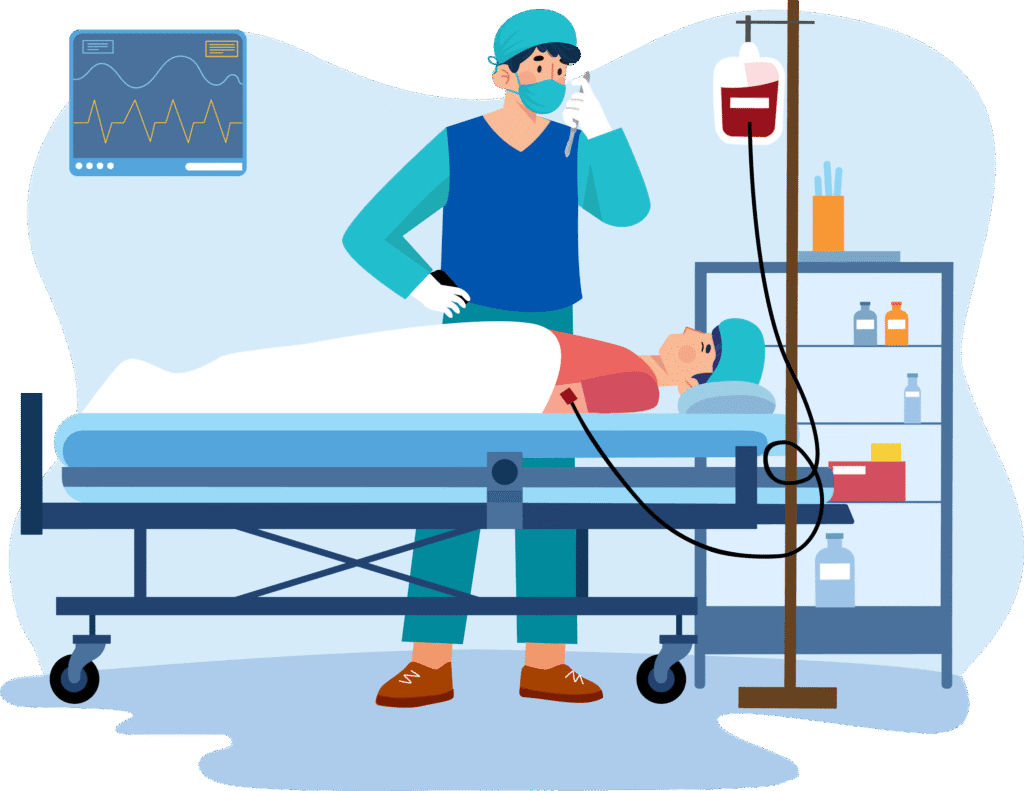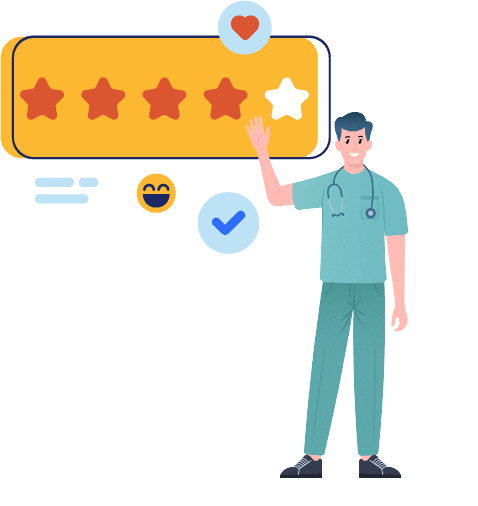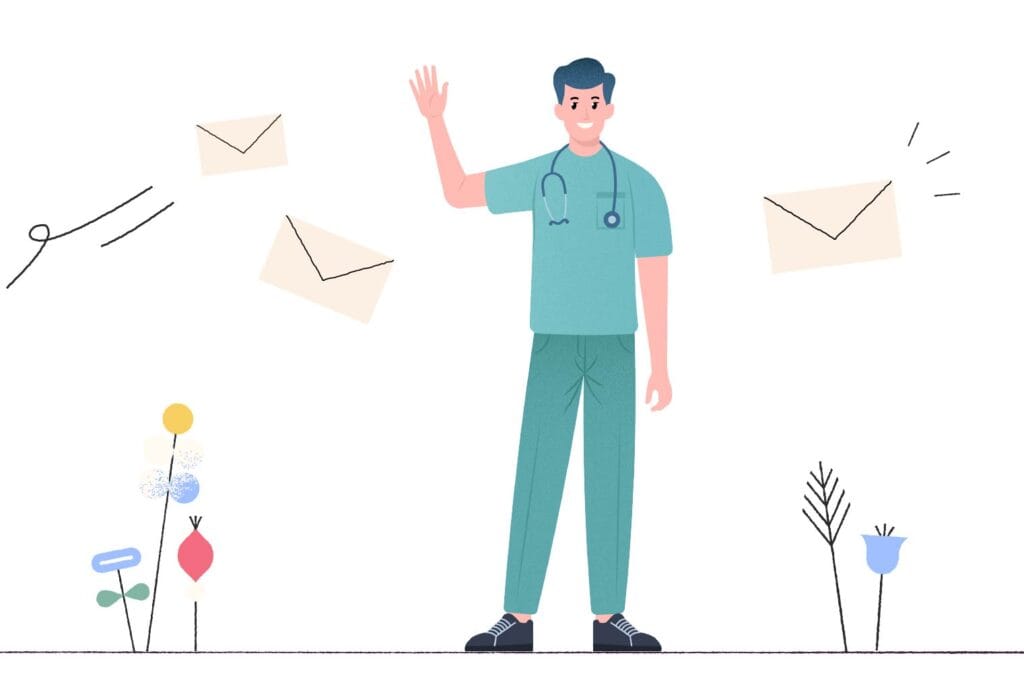Entrustable Professional Activities (EPAs) have changed how we train and assess professionals. Instead of just learning theory, trainees gain real-world skills they need to perform safely and independently. But for EPA-based training to work well, trainees must take control of their own learning.
We call this self-directed learning (SDL). SDL means taking initiative, setting goals, finding useful resources, and checking progress. In an EPA-based system, where trainees move forward based on their skills rather than a fixed schedule, SDL is essential. Here’s why:
1. Learning at your own pace
Everyone learns differently. In an EPA-based system, self-directed trainees can focus on what they need most, improving weak areas while strengthening what they already do well. Besides, trainees often have different backgrounds and different work experiences from the past. This especially applies to residents, who often have already gained experiences beforehand of their postgraduate training program.
2. Training takes place in an unpredictable workplace
It is important to realise that the training of healthcare professionals takes place in practice or as we say, on the job. trainees must make important decisions in complex and unpredictable situations. And no situation is the same. This is fundamentally different from classroom or college room learning.
Because it is impossible to predict which EPAs a trainee will encounter on any given day, SDL is essential. It enables them to seek feedback, apply new knowledge in context, and continuously refine their skills to handle real-life challenges effectively.


3. Staying motivated
When trainees have control over their education, they are often more motivated and engaged. This helps them gain the experience needed to show they can be trusted with important tasks. This also tapes into the core need of wanting to be valued and adding value to the team.
4. Limited time for trainers to supervise requires an active learning approach
In daily clinical practice, trainers primarily focus on patient care. While most are eager to share their knowledge and provide feedback, they often have limited time to document this feedback in detail or to track every aspect of the training program. As a result, trainees must take the lead in linking valuable learning moments to specific EPAs or other competencies in the curriculum.
To make the most of supervision and feedback opportunities, trainees need to take ownership of their learning. This means actively reflecting on experiences, integrating feedback into their development, and ensuring that their progress is documented in a structured way.
How to support SDL?
Fostering SDL is not just about expecting trainees to take initiative: it requires deliberate support from trainers. Here are some key strategies:
1. Ensure ample clinical exposure
To stimulate SDL, it is important to have clinical exposure. This allows trainees to learn from daily practices and forces them to take control over their own training program. Be sure to involve your trainees into all relevant clinical situations and teach by example. The EPA framework gives trainees the opportunity to start learning from clinical exposure from the most beginner level, being only able to observe. This is a great start for learning.
Nowadays, more and more teaching hospitals have the availability of so-called ‘Skills Labs’. These labs allow them to mimic into detail real life training situations for instance using VR or even by using real physical locations. By doing so, learning is more predictable. However, most of these learning opportunities are not mandatory or are only available in certain timeslots. Making the most out of these new opportunities does require SDL of the students.
2. Facilitate quick evaluations to reinforce learning moments
trainees may not always recognize valuable learning opportunities on their own. Short debriefs, such as after each patient consultation, can help them reflect and extract key insights. Simple questions like “What are your key takeaways?” or “How would you handle this if the situation were different?” encourage deeper learning and self-reflection.
3. Create open learning spaces for reflections
Learning is a group effort. We have seen great successes in training programs that make use of the concept of ‘Open Space’ learning. In this concept, the teaching staff organizes a meeting in which they confidentially discuss and reflect on relevant patient cases and explain their struggles and considerations. For trainees, this is a very insightful experience because it makes them aware of unique and complex situations. From this point, you can also start asking trainees to contribute to these discussions. By doing so, you activated their SDL. They have to critically think about their learning moments and questions during the clinical experiences.
4. Having a suitable digital portfolio
A robust digital portfolio is a critical tool for SDL. It should provide clarity on learning objectives, track competency development, and help trainees document their progress effectively.
For trainers, a well-designed portfolio offers insights into trainees current supervision levels, allowing them to tailor their guidance accordingly. By making expectations and progress transparent, digital portfolios facilitate a more structured and efficient learning process.
Be sure to check our article on Outlining the essential portfolio functionalities for EPA-based medical education
By implementing these strategies, trainers create an environment where SDL is not just encouraged but actively supported. This ensures that trainees develop the skills, independence, and motivation needed to succeed in an EPA-based training system.
Download our open space setup guide
We hope this article has given you valuable insights into self-directed learning and how to support it. We created guide for you on how to set up open space moments. Simply fill in the form below, and we’ll send it directly to your inbox!
For all other articles and webinars, visit our EPA learning hub!


